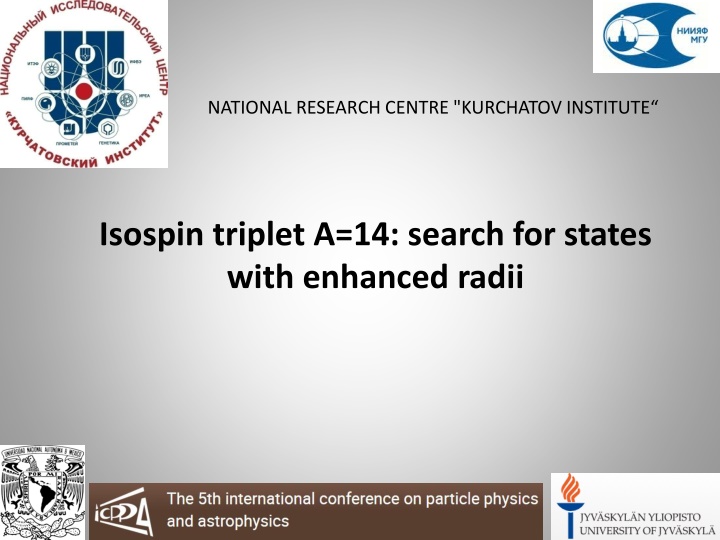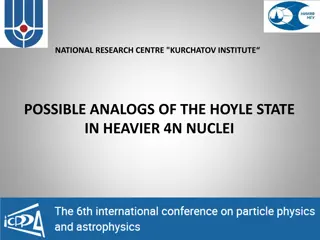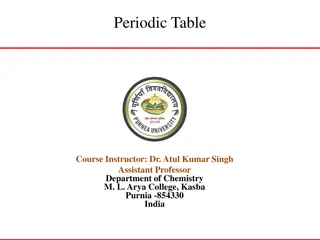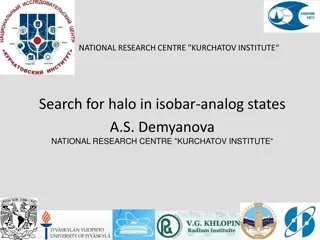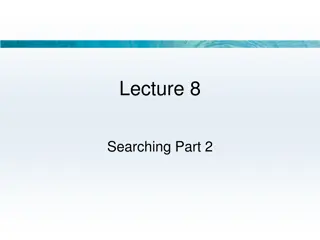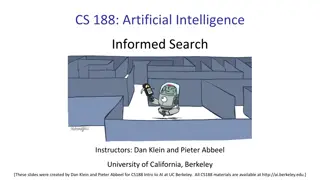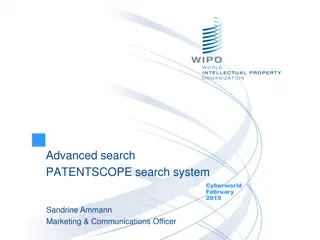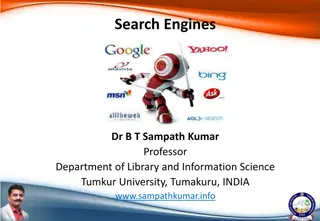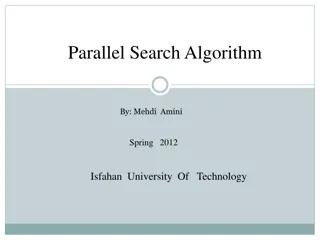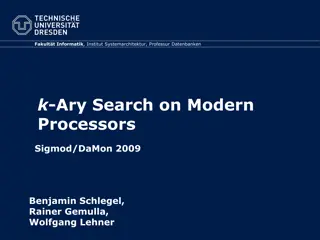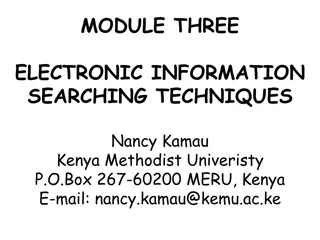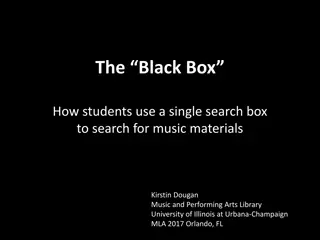Search for States with Enhanced Radii at Kurchatov Institute
The National Research Centre Kurchatov Institute conducts a study on isotopes with enhanced radii, focusing on isotopes 14C, 14N, and 14O. Various methods such as ANC and MDM are used to analyze and determine the radii of these states. Observations of halos in certain states and the application of different models for radius extraction are discussed. Results show increased radii for specific states, indicating potential presence of halos.
Download Presentation

Please find below an Image/Link to download the presentation.
The content on the website is provided AS IS for your information and personal use only. It may not be sold, licensed, or shared on other websites without obtaining consent from the author.If you encounter any issues during the download, it is possible that the publisher has removed the file from their server.
You are allowed to download the files provided on this website for personal or commercial use, subject to the condition that they are used lawfully. All files are the property of their respective owners.
The content on the website is provided AS IS for your information and personal use only. It may not be sold, licensed, or shared on other websites without obtaining consent from the author.
E N D
Presentation Transcript
NATIONAL RESEARCH CENTRE "KURCHATOV INSTITUTE Isospin triplet A=14: search for states with enhanced radii
Isospin triplet 14C 14N 14O 14 (Asymptotic normalization coefficients, ANC) Z. H. Liu, Chin. Phys. Lett. 19, 1071 (2002). Observation of halos in 1-and 0- Increased radii: Rh= 4.57 and 5.78 fm ANC method was used for halo radius extraction on base of 13C(d,p)14C, Ed= 17.7 MeV S. Yu. Mezhevych et al., Nucl. Phys. A 753, 13 (2005) - ? ?? ?? ? radius of valence neutron wave function for the 1-state was found to be 5.16 fm What can we expect in isobar-analog states (IAS) 1-in 14N and 14O? Increased radii? Halos? Proposed methods for analysis: ANC (14N) and MDM* (14O) *MDM (Modified diffraction model)
Methods of radius determination MDM ANC Diffraction radii are defined from positions of minima/maxima in angular distributions d /d Method of measuring the radii of the halo states Rdifis the only parameter of the model. This parameter has dimension of length and could be directly connected with real (rms) nuclear radius Rrms(exc.st.) = Rrms(gr.st.) + [Rdif (exc.st.) - Rdif(0)] Transfer reactions are mainly peripheral For peripheral reactions Asymptotic normalization coefficients (ANC) can be calculated with proper approximation MDM was successfully applied to (3He,t) reactions A.S. Demyanova et al., Phys. Atom. Nucl., 80, 831 (2017): proton halo was observed for the 2.37-MeV state of N nucleus On base of ANC RMS radius of the last neutron can be calculated L.D. Blokhintsev et al., Sov. J. Part. Nucl. 8, 485 (1977); Z.H. Liu et al., Phys. Rev. C 64, 034312 R(halo) may be extracted from ANC
Main results for 14 (MDM) Extrema positions for the 6.09-MeV 1 state are shifted towards smaller => increased radius. The ? ?? ?? ? radius of 14C in the 6.09-MeV 1 state 2.7 0.1 fm (MDM). Corresponding radius of the valence neutron ~ 5.0 0.5 fm (Rc= 2.48 fm). Z. H. Liu, Chin. Phys. Lett. 19, 1071 (2002): 4.6 fm
Main results for 14N (ANC) E(3He) = 43.6 MeV Formal halo condition D1> 50% (D1- probability of the valence nucleon outside the range of the interaction radius; D2 contribution of the asymptotic part to the rms radius) The 1 , 8.06-MeV excited states of 14N is localized only 0.51 MeV above the proton emission threshold (continuum spectrum). In order to determine the radius of 14N in this state, we carry out the ANC calculation with a small positive proton binding energy (? = -0.1 MeV). The ??? radius of the valence proton: ??= 5.9 0.3 fm (ANC). Corresponding ??? matter radius 2.67 0.07 fm. D1= 42%, D2= 90% (Rrms(g.s.)=2.47 fm) The great values of ?1and ?2coefficients and the increased ??? radius indicate the presence of proton halo in the 8.06-MeV 1 state of 14N. This result is obtained for the first time.
Main results for 14O (MDM) Rdif(0) = 5.8 fm The only existing in literature data: differential cross sections of the 14N(3He, t)14O reaction leading to the excited 5.17-MeV 1 states of 14O at ????= 44.6 and 420 MeV. ? ?? ?? ? radius for 5.17-MeV 1 state is increased: 2.6 0.2 fm (Rrms(g.s.)=2.40 fm) Corresponding radius of valence proton ~ 5.2 1.0 fm. Further analysis is in progress New experiment will be done in 2020/2021 in JYFL, Finland
Summary of results for IAS 1-in A=14 Nucleus Ex(MeV) Rh(fm) Rrms(fm) D1(%) D2(%) Method Reference Z. H. Liu, Chin. Phys. Lett. 19, 1071 (2002) 4.57 2.49 55.7 91.4 ANC S. Yu. Mezhevych et al., Nucl. Phys. A 753, 13 (2005) 14C 6.09 5.16 2.57 5.0 0.5 5.9 0.3 5.2 1.0 2.7 0.1 2.67 0.07 2.6 0.2 MDM ANC MDM THIS WORK 42 90 14N 8.06 5.17 THIS WORK 14O THIS WORK Accepted to Pis ma v ZhETF, A.S. Demyanova et al., Pis ma v ZhETF, vol. 112, iss. 8, p. 499
Conclusions Two independent methods, the ANC and the MDM, were used for analysis of the isobaric analog states with isospin ? = 1 in triplet of the A = 14 nuclei: 14C, 14N, and 14O. All calculations gave the similar enhanced ??? matter radii (within the error bars) for all three nuclei in these states: 2.7 0.1 fm for 14C, 2.67 0.07 fm for 14N, and 2.6 0.2 fm for 14O. The ANC analysis showed the signs of a proton halo in the 8.06-MeV 1 state of 14N. This result was obtained for the first time.
Collaboration NATIONAL RESEARCH CENTRE "KURCHATOV INSTITUTE A.A.Ogloblin, A.S.Demyanova, A.N.Danilov, S.V. Dmitriev, V.I. Starastsin, V.M. Sergeev Moscow State University, Physical Department S.A.Goncharov Mexico University T.L.Belyaeva JINR Yu.E. Penionzhkevich, Yu.G. Sobolev, V.A. Maslov MEPhI Yu.B. Gurov, B.A. Chernyshev University of Jyv skyl , Jyv skyl , Finland W. Trzaska, G. P. Tyurin Khlopin Radium Institute, St.-Petersburg, Russia S. V. Khlebnikov Institute of Nuclear Physics, Republic of Kazakhstan D. Janseitov, N.Burtebaev, Y. Muhkamejanov
Support Work was supported by RSF grant 18-12-00312
